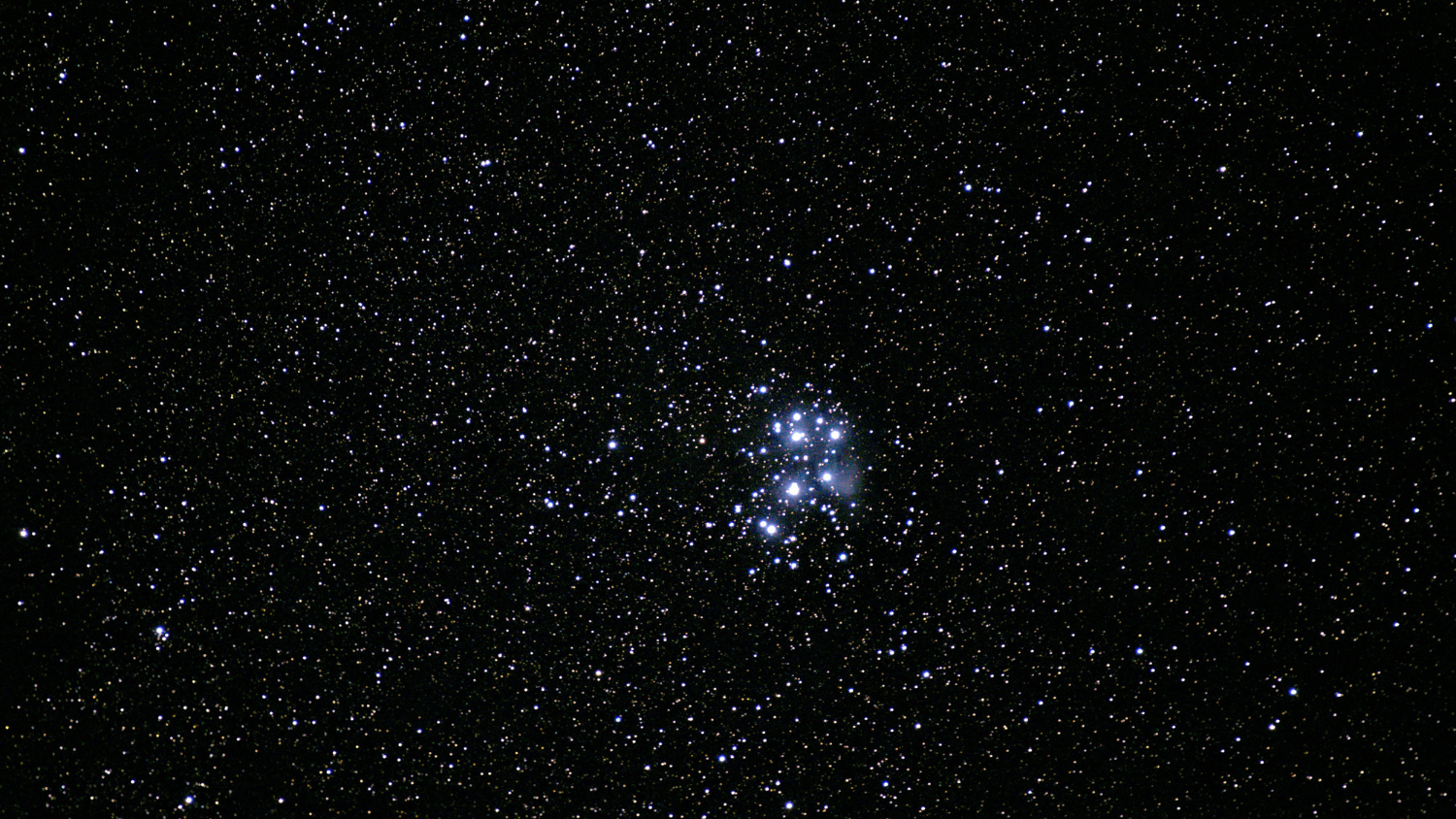Choosing Materials for Ultra-High Vacuum and Cryogenic Research
.png?width=50)
Ultra-high vacuum (UHV) and cryogenic systems place strict demands on material purity, surface characteristics, and thermal behaviour. Trace contaminants, outgassing, or poor thermal conductivity can compromise the performance of the system and the accuracy of the research.
That’s why researchers working in quantum computing, fusion, and space science, working at extreme temperatures and pressures rely on metals with proven purity, consistent performance, and low outgassing behaviour.
From quantum computing to fusion diagnostics, the materials used in these environments are selected not for convenience, but for precision.
Where Performance Matters
Quantum systems require components that remain stable at millikelvin temperatures.
Any magnetic interference, thermal inconsistency, or residual gas release can distort results.
Fusion and particle physics experiments operate under high energy and vacuum conditions. Structural components, shielding, and instrumentation must survive radiation exposure and repeated thermal cycling — all without contaminating the vacuum.
Space research brings additional constraints. Materials need to handle the vacuum of space, tolerate cryogenic storage, and function reliably over long durations without maintenance or replacement.
Across all these areas, researchers turn to a small group of metals — not because they’re easy to work with, but because they do the job properly.
Commonly Used Metals
Aluminium (99.99%+)
Chosen for its low mass and high reflectivity, high-purity aluminium is widely used in thermal shielding, cryogenic insulation, and clean structural applications. Its low outgassing makes it suitable for vacuum chambers, particularly when used as foil or sheet.
Copper
Copper remains a go-to choice for thermal links and structural mounts in cryogenic setups. The key is purity: oxygen-free or high-purity copper offers the conductivity researchers need, without the unwanted reactivity.
Niobium
As a superconducting material, niobium is essential in quantum computing and advanced accelerator technology. Its stability at low temperatures and compatibility with vacuum systems make it hard to replace.
Tantalum, Molybdenum, and Tungsten
Each has advantages under extreme conditions - whether it’s tungsten’s high melting point, tantalum’s corrosion resistance, or molybdenum’s vacuum compatibility.
All three are used in evaporation processes, high-temperature components, and structural supports where thermal stability is essential.
What to Check Before You Buy
Not all metals sold as “vacuum grade” meet the same standards. Before you order, make sure:
- Purity levels are certified (≥99.99% recommended)
- Surface finish and format match your needs (foil, sheet, rod, etc.)
- You have full batch traceability
- Outgassing characteristics are understood or tested
If you’re designing a system that will run for weeks - or years - without exposure to air, there’s no room for assumptions.
Supporting Advanced Science
At Advent, we supply high-purity metals to researchers building quantum platforms, particle accelerators, fusion diagnostics, and cryogenic test systems.
All materials are fully certified, with batch traceability as standard. Formats include foil, sheet, rod, and custom-cut options.
View available products or request a quote today.
